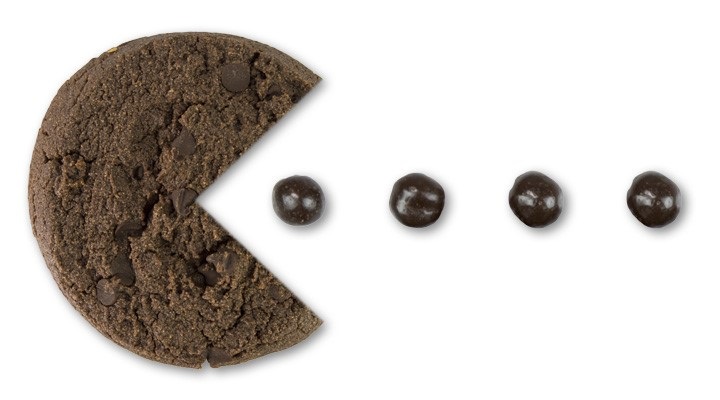Do you want to cut down on your sugar intake in 2018? It’s easier than ever to make healthy changes to your diet.
How Can Sugar Lead To Weight Gain?
Sugar takes many forms (including fructose, lactose, and sucrose), but all types of sugar are pure carbohydrates. As such, it’s a very valuable source of energy. In fact, that’s probably why nature designed sugar to taste so sweet. When food was scarce and we needed to hunt out the highest-energy foods, the sweet taste of sugar would draw us in.
But such a dense source of energy (calories) isn’t always so useful to us these days. It’s very easy to eat more sugar than our bodies really need. It’s highly palatable, very moreish, and barely fills us up. No wonder we can quickly eat hundreds of calories worth of sugar. 10g pure sugar contains 39 calories.
Carbohydrates aren’t bad, and nor is sugar. But it’s important that we only eat as many carbohydrates as we need, and this is mostly governed by our activity levels. And we must make sure that sugar doesn’t make up too large a portion of our carbohydrate allowance. Sugar is pure energy, without much fibre, vitamins, minerals, or micronutrients. So we need to leave space for more nutritious carbohydrates, too!
Your Habits & Sugar
One of the reasons we eat too much sugar is that it becomes a habit. So if you want to cut down on your sugar intake, start looking at your everyday habits, routine, and lifestyle.
Keep an honest food diary and write down everything you eat and drink. Then look at how much sugar you are taking in from food, snacks, ingredients, drinks, and add-ins. Remember to look for added sugars, natural sugars, and sugar from honey, dried fruit, and syrups. It all comes under the umbrella of “sugar”. Ironically, lots of packaged health foods like bars, energy balls, raw granola, and trail mix can be packed with sugar (usually from dried fruit, fruit syrup, honey, or agave).
Once you’ve identified daily or weekly habits that are boosting your sugar intake, look at ways of replacing the habit with something else. Do you get a sugary latte every day? Swap it for tea, or an Americano with milk. Always craving something sweet after lunch? Start to replace the habit with a hot drink, or a protein snack.
Alternative Foods
Now you know all the places sugar usually lurks in your daily diet, you can start to swap them for alternatives. For best success, don’t try to change too much at once. Remember that your body is used to the energy boost from the sugar. Rather than removing that straight away, swap the energy source for something more nutritious. Replace sugar with a healthier carbohydrate, like wholegrains (which will give you fibre and vitamins), potatoes or root vegetables (plenty of vitamins and minerals), or fruit. Yes, fruit contains sugar, but it might act as a useful way to wean yourself off less healthy sugars. After all, fruit contains lots of fibre, vitamins, and micronutrients. Add some protein to your carbohydrates to help fill you up and reduce cravings.
Healthy Low-Sugar Snacks
When you first start to replace your sugary snacks with healthier options, you might feel lost for ideas. Try these:
150g Greek yoghurt, Skyr, fromage frais or cottage cheese with 100g fresh or frozen berries and 15g dried coconut
Complete Protein dessert (top with cacao nibs or dried coconut if you want to make it more fancy)
Protein mug cake made with whey, egg whites/whole egg, coconut flour and baking powder
A protein bar or flapjack (check the label for sugar content, and for any ingredients ending in —ose)
2-3 rice cakes spread with 20g of your favourite nut butter
Scrambled eggs (combine whole eggs and liquid eggs whites for less fat) on 1-2 pieces of toast
Small Changes For Big Results
Changing the habits of a lifetime won’t happen overnight. Remember that every small step you make to reduce your pure sugar intake will help your health and your waistline. Start by delving into your habits and the role of sugar in your daily diet. Then get more clued up about forms of sugar and where it’s hiding in everyday foods and drinks. Then slowly start making healthier swaps which you’ll be able to stick to.
About the Author:
Nicola Joyce has been writing for (and about) sport, fitness, nutrition and healthy living since 2004. She’s also a keen sportswoman: her background is in endurance sport but she now competes as a natural bodybuilder, most recently winning a world title with the INBF. When she’s not writing content, she can be found blogging. Follow her here www.nicolajoyce.co.uk and on Facebook & Twitter (@thefitwriter) too.
















